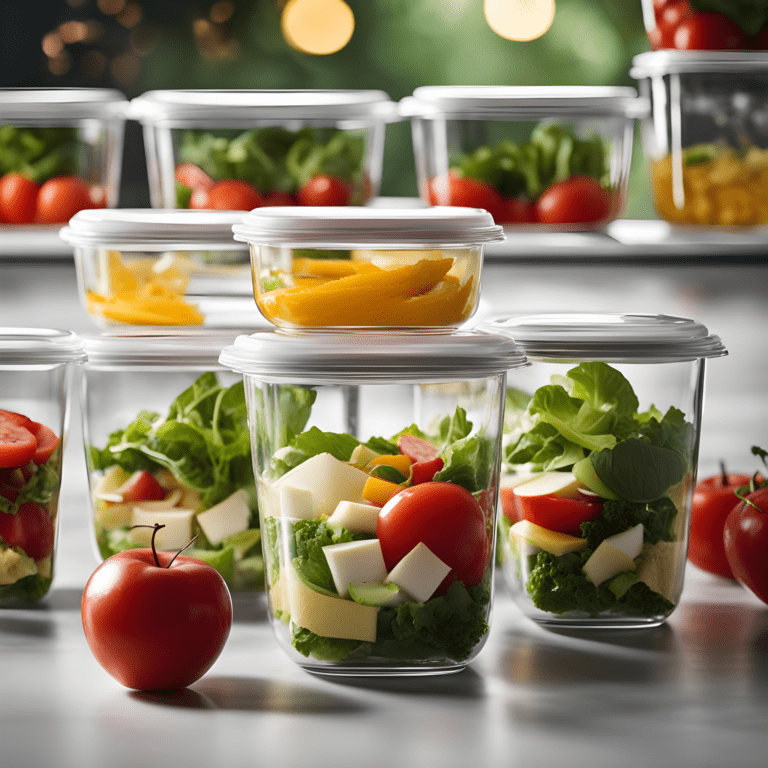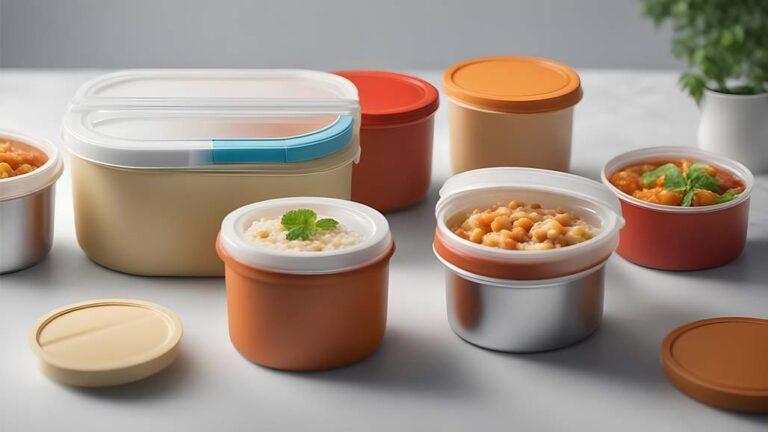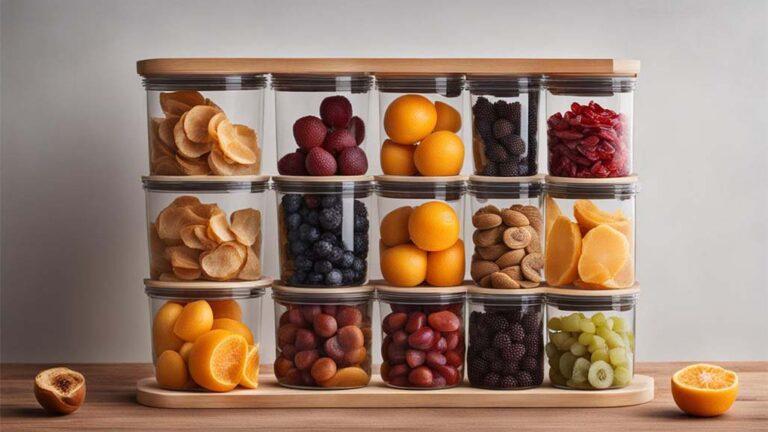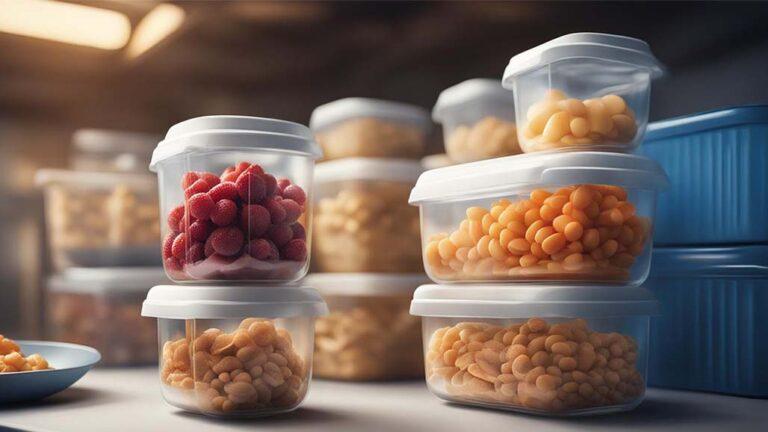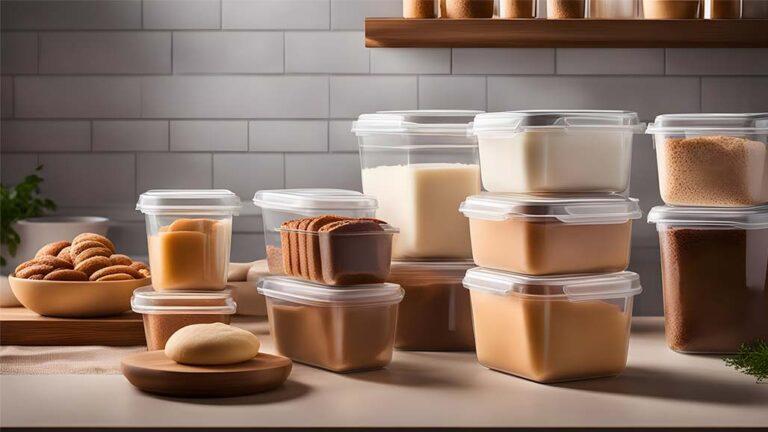
Introduction:
What kind of material cutting board is best? When it comes to the heart of your kitchen, one often-overlooked essential stands out the cutting board. It’s the unsung hero, the silent partner to your knives, and the canvas for your culinary creations. But with a multitude of materials available, from wood to plastic, bamboo to rubber, how do you choose the perfect cutting board that suits your needs? In this comprehensive guide, we’ll tell you the pros and cons of each material to help you make a choice.
Types for What kind of material cutting board is best?
Wood:
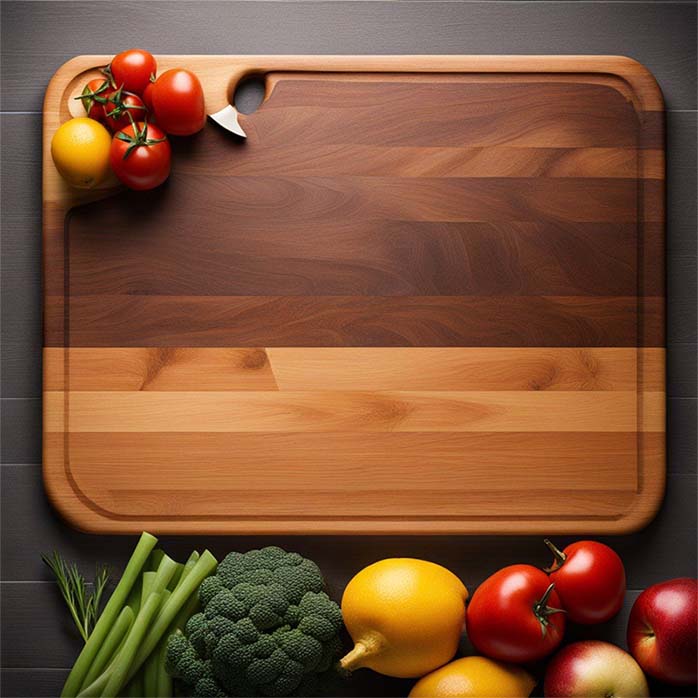
Pros:
Wooden cutting boards are a classic choice for home chefs. They offer a soft, forgiving surface that’s easy on your knife blades, helping to maintain their sharpness. Additionally, wood has natural antimicrobial properties, which means it’s less likely to harbor harmful bacteria. Wooden boards are also durable and can last for many years if properly maintained.
Cons:
The downside to wood is that it requires more attention than some other materials. To prevent warping and cracking, it’s essential to regularly oil your wooden cutting board. Moreover, wood can absorb odors and stains over time, affecting the taste and appearance of your food.
Plastic:
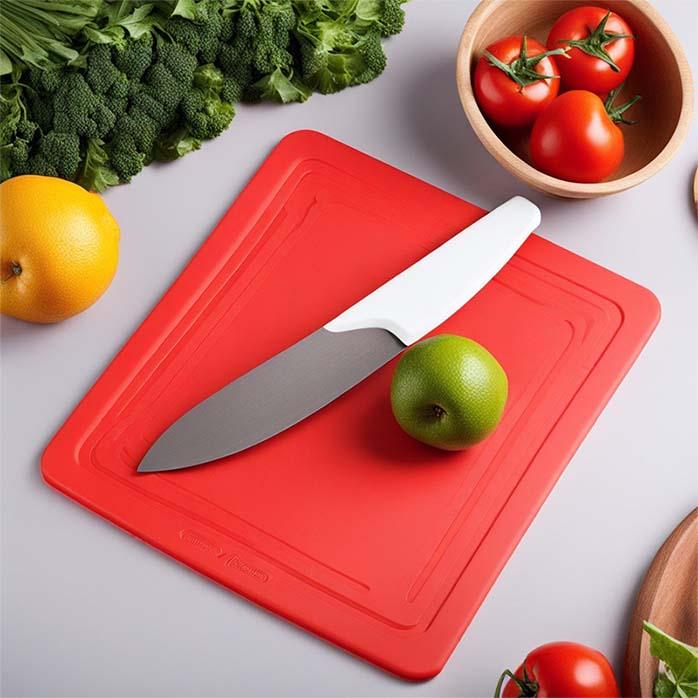
Pros:
Plastic cutting boards are ubiquitous in many kitchens for several good reasons. They are portable and simple to store because of their modest weight. They’re also dishwasher-safe, which simplifies cleanup. In addition, plastic boards are generally more affordable than their wooden counterparts.
Cons:
One major drawback of plastic cutting boards is that they can dull your knife blades more quickly than other materials. Additionally, they are susceptible to deep cuts and grooves, which can be difficult to clean thoroughly and may harbor bacteria if not properly maintained.
Bamboo:
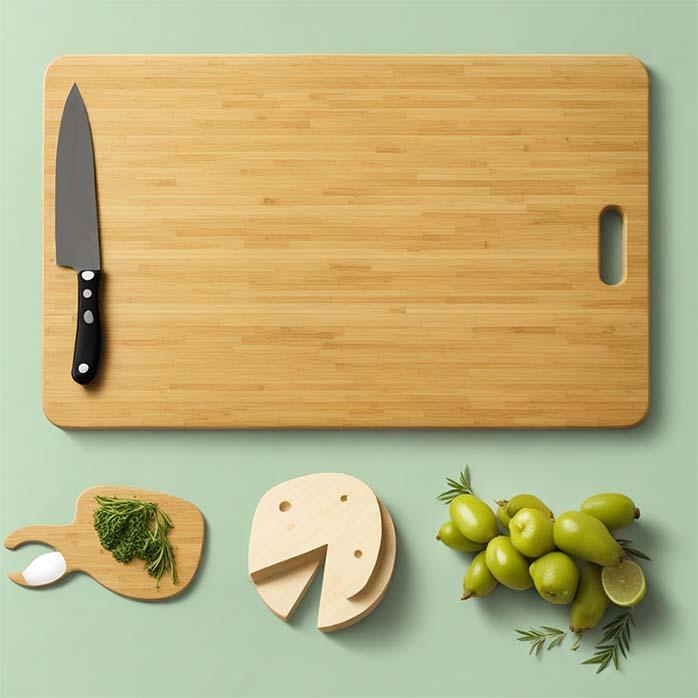
Pros:
Bamboo cutting boards have gained popularity due to their sustainability. Bamboo is a fast-growing, renewable resource, making it an eco-friendly choice. These boards are also quite durable and resistant to knife marks. Cleaning is a breeze as well, as bamboo boards are relatively easy to maintain.
Cons:
Like other wooden boards, bamboo boards can also dull knife blades, although not as quickly as plastic. They are harder on knives compared to traditional wood, so it’s essential to keep your blades sharp.
Rubber:
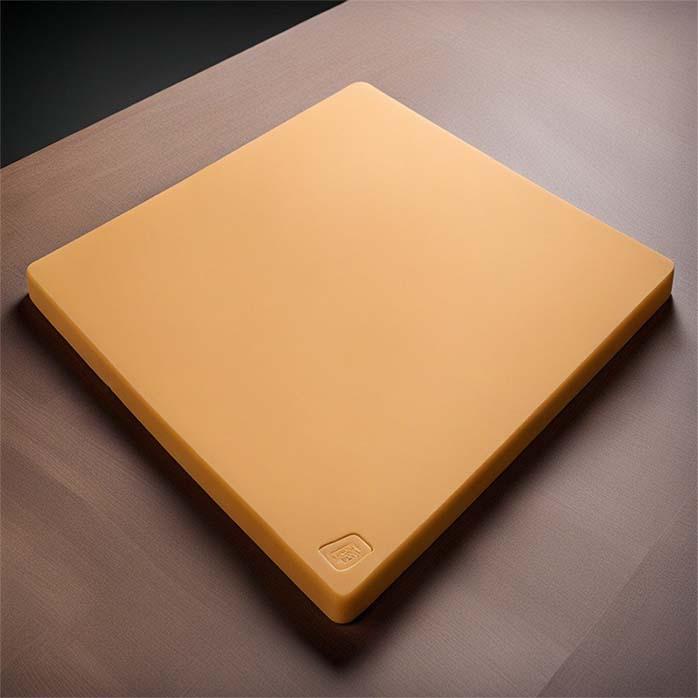
Pros:
Rubber cutting boards are designed with knife-friendliness in mind. They provide a cushioned surface that’s gentle on your knife blades. Rubber boards are easy to clean and often feature non-slip properties, ensuring safety during food preparation.
Cons:
The primary downside of rubber cutting boards is their cost. They tend to be more expensive than other options on the market. Additionally, rubber boards can be quite heavy, which may not be suitable for all users.
Maintaining Your Cutting Board: Tips for Longevity
Now that we’ve explored the various cutting board materials, let’s discuss essential tips for maintaining the longevity of your chosen board.
Regular Cleaning: Regardless of the material, all cutting boards should be cleaned promptly after each use. Use hot, soapy water and a brush or sponge to scrub away food residue and bacteria. For plastic and rubber boards, you can often toss them in the dishwasher for easy cleanup.
Avoid Cross-Contamination: Practice safe food handling by using separate cutting boards for different food categories. Have a board for bread, another for fruits and vegetables, and one for meats, for instance. This reduces the chance of contracting a foodborne illness by preventing cross-contamination.
Use a solution of one part vinegar to four parts water or diluted bleach to sanitize your cutting board, especially after handling raw meat or poultry. Apply it to the board, allow it to sit for a short while, and then thoroughly rinse.
Sanitizing: To disinfect your cutting board, especially after handling raw meat or poultry, use a solution of one part vinegar to four parts water or a diluted bleach solution. Apply it to the board, let it sit for a few minutes, then rinse thoroughly.
Oil Wooden and Bamboo Boards: To prevent cracking and warping, apply food-safe mineral oil or beeswax to wooden and bamboo cutting boards regularly. This increases their lives and aids in maintaining their beauty.
Avoid High Heat and Prolonged Moisture: Wooden and bamboo boards are particularly susceptible to damage from high heat and prolonged exposure to moisture. Avoid placing them in the dishwasher or soaking them in water. Instead, hand wash and dry them immediately after use.
Resurface if Necessary: Over time, cutting boards can develop deep grooves and cuts, making them less safe and attractive. If this happens to your wooden or bamboo board, consider resurfacing it with fine-grit sandpaper to restore its smoothness.
Use a Non-Slip Mat: If you have a lightweight cutting board that tends to slip and slide during use, place a non-slip mat or damp paper towel beneath it to enhance stability.
Rotate and Replace: Eventually, all cutting boards wear out. Be prepared to replace your cutting board when you notice deep cuts, warping, or signs of deterioration that cleaning and maintenance can’t remedy.
Extending the Life of Your Cutting Board
Maintaining your cutting board doesn’t just preserve its functionality; it also helps you get the most value from your investment. Here are some additional tips to ensure your cutting board stays in top shape:
Use Cutting Mats: Consider using cutting mats in addition to your primary cutting board. These thin, flexible mats can protect your board’s surface from excessive wear and tear. Plus, they’re easy to clean and replace if they become heavily marked or damaged.
Keep It Dry: After washing, make sure your cutting board is thoroughly dry before storing it. Moisture can lead to bacterial growth and may cause warping or cracking in wooden and bamboo boards over time.
Store Properly: When storing your cutting board, avoid leaning it against a wall or placing heavy objects on top of it. This can cause bending or warping, especially in thinner boards. Instead, store it flat or upright in a dry, well-ventilated area.
Revive with Sanding: If you’re wooden or bamboo cutting board becomes excessively worn, you can restore it by sanding the surface. Start with coarse-grit sandpaper to remove deep cuts and then gradually move to finer grits for a smoother finish. Finish by applying mineral oil to condition the board.
Preserve Natural Beauty: If you want to maintain the natural beauty of wooden and bamboo boards, consider using a specialized cutting board conditioner. These products help preserve the wood’s color and grain while providing a protective barrier.
Repair with Wood Filler: For minor cracks or holes in wooden boards, you can use wood filler to mend the damage. Sand the area smooth after the filler has dried, and then reapply mineral oil for a consistent finish.
Avoid Excessive Force: Be gentle with your cutting board. Avoid pounding or excessively heavy chopping, especially on thin or delicate boards. Use a different surface, such as a butcher block or a sturdy countertop, for tasks that require more force.
Refresh the Scent: If you’re wooden or bamboo board starts to absorb unpleasant odors from onions, garlic, or other strong-smelling ingredients, refresh it by rubbing it with a cut lemon and a sprinkle of salt. Rinse and dry thoroughly afterward.
Seek Professional Refinishing: For valuable, heirloom-quality wooden cutting boards, consider professional refinishing services. These experts can restore your board to its original condition and ensure it lasts for generations.
Know When to Retire: Despite your best efforts, cutting boards have a finite lifespan. When deep grooves and cracks become too numerous or challenging to repair, it’s time to bid farewell to your old board and invest in a new one.
By incorporating these advanced maintenance tips, you can further extend the life of your cutting board and maximize its utility. A well-cared-for cutting board not only enhances your cooking experience but also ensures the safety and hygiene of your kitchen. So, take pride in your kitchen equipment, and let your cutting board continue to be an invaluable culinary companion.
Innovations in Cutting Board Care
As technology and our understanding of materials have advanced, so too have innovations in cutting board care. Here are some cutting-edge methods to keep your cutting board in prime condition:
Ultraviolet (UV) Disinfection: Some cutting board manufacturers now offer cutting boards with built-in UV-C lights. These lights can be activated after each use to disinfect the board’s surface, helping to eliminate harmful bacteria. While this technology is relatively new, it shows promise in enhancing cutting board hygiene.
Self-Healing Surfaces: Researchers are exploring materials with self-healing properties for cutting boards. There is less need for manual sanding and refinishing because these materials can fix small cuts and scratches on their own.
Smart Cutting Boards: With the development of the Internet of Things (IoT), smart cutting boards with sensors are now available. These cutting boards can identify the presence of food particles or dangerous bacteria and notify you that cleaning and disinfection are required.
Anti-Microbial Coatings: Cutting Boards with Anti-Microbial Coatings: Some cutting boards now include anti-microbial coatings that prevent bacteria from growing on the surface of the board. An additional layer of protection against contamination may be offered by these coatings.
Nano-Coatings: Cutting board Nano coatings have been made possible by the development of nanotechnology. These coatings produce an incredibly smooth surface that is unaffected by odors, stains, or bacterial adherence.
High-Pressure Laminate (HPL): Cutting boards manufactured of High-Pressure Laminate (HPL) are designed to be very robust, heat-resistant, and cleanable. They are a great option for home chefs who require the highest level of performance from their cutting boards because they are made for heavy-duty use in commercial kitchens.
Customizable Boards: Some manufacturers offer cutting boards that allow you to swap out or replace worn surfaces. This modular design extends the lifespan of your cutting board and reduces waste.
Educational Apps: Cutting board manufacturers are developing smartphone apps that provide care instructions, maintenance reminders, and even recipes tailored to your chosen cutting board material. These apps can help you maximize the lifespan of your board.
Sustainable Materials: As sustainability becomes a more significant concern, cutting board manufacturers are exploring alternative materials like recycled plastics, sustainable woods, and bamboo to reduce their environmental impact.
Artisanal Craftsmanship: Handcrafted cutting boards made by skilled artisans are gaining popularity. In addition to being useful cooking equipment, these distinctive, one-of-a-kind boards also serve as works of art that improve the aesthetics of your kitchen.
Your cutting board’s longevity, safety, and overall utility can be improved by incorporating these cutting-edge improvements into your routine of cutting board maintenance. We can anticipate even more exciting advancements in the realm of cutting boards as technology develops, making them a crucial and dynamic component of our culinary experience. So, whether you want to use the most recent technological developments or a conventional, tried-and-true method, taking good care of your cutting board assures that it will continue to be a beloved kitchen partner for years to come.
The Future of Cutting Board Care: What Lies Ahead
As we continue to embrace innovation and technology in our kitchens, the future of cutting board care holds even more exciting possibilities. Here’s a glimpse into what the future may bring in the world of cutting board maintenance:
Self-Cleaning Cutting Boards: Imagine a cutting board equipped with advanced nanotechnology that can self-clean after each use. These boards may utilize ultraviolet (UV) light, ozone, or other cutting-edge methods to disinfect the surface automatically.
Smart Sensors and Apps: Future cutting boards may come equipped with sensors that monitor not only cleanliness but also food safety. These sensors could provide real-time feedback on the freshness and quality of your ingredients, reducing food waste and ensuring your meals are top-notch.
Nanomaterial Surfaces: Nanotechnology may lead to cutting boards with surfaces designed to repel liquids, oils, and stains at the molecular level. These boards could remain pristine even after chopping beets or carving juicy roasts.
Biodegradable and Eco-Friendly Materials: With sustainability at the forefront of consumer concerns, cutting board materials may evolve to include more biodegradable and eco-friendly options. Researchers are exploring materials derived from agricultural waste and sustainable crops.
Personalized Cutting Boards: In the future, you might be able to customize your cutting board with 3D printing technology, choosing the size, shape, and material that suits your cooking style and kitchen aesthetics.
Augmented Reality (AR) Guides: AR technology could provide on-board guidance, helping you master knife skills, recipe instructions, and cooking techniques right on you’re cutting board surface.
Enhanced Material Durability: Materials like self-healing polymers or reinforced composites could offer cutting boards that withstand even more punishment while maintaining their appearance and hygiene.
Voice-Activated Maintenance: Voice-activated assistants may guide you through the cleaning and maintenance of your cutting board, making it a seamless part of your daily kitchen routine.
Nanoscale Food Quality Sensors: Cutting boards of the future might feature embedded sensors that detect food freshness and quality, offering recommendations for recipes based on the ingredients you have available.
Advanced Recycling Programs: Manufacturers may introduce cutting board recycling programs, allowing old boards to be returned, recycled, and used to create new sustainable cutting boards.
While these innovations remain on the horizon, it’s clear that cutting board care is poised for exciting advancements. Cutting boards are probably going to increase in value and importance as we adopt technology and sustainability in our kitchens.
Whether it’s a conventional wooden board or a cutting-edge smart board, keeping your cutting board will continue to be an important part of your culinary adventure as you anticipate the future of your kitchen. Accept the changes, look into fresh options, and let your cutting board represent your love of cooking and inventiveness.
Sustainable Practices in Cutting Board Care
Beyond the initial purchase, the sustainable journey of your cutting board continues with conscientious care and responsible practices:
Minimal Water Usage: When cleaning your cutting board, use the least amount of water necessary. Avoid letting it soak for prolonged periods, as excessive moisture can lead to warping, especially for wooden and bamboo boards.
Natural Cleaning Solutions: Opt for natural and eco-friendly cleaning solutions whenever possible. Baking soda and lemon juice can effectively remove stains and odors without harsh chemicals.
Repurpose Food Scraps: Instead of tossing vegetable peels and scraps into the trash, consider composting them. Compost not only reduces waste but also enriches the soil for more sustainable gardening.
Eco-friendly Detergents: To reduce the impact of cleaning with a detergent on water systems, pick one that is biodegradable and ecologically friendly.
Renewable Resources: When it comes time to buy a new cutting board, seek products made of renewable materials like bamboo, which grows far more quickly than conventional hardwoods.
DIY Repairs: Extend the life of your cutting board by repairing minor issues yourself. Sanding out scratches or refinishing the surface can revitalize an aging board and reduce waste.
Responsible Disposal: If your cutting board reaches the end of its useful life, explore recycling options or find ways to repurpose it in DIY projects. Some creative individuals have transformed old cutting boards into everything from shelves to coasters.
Share and Borrow: Consider participating in a community lending program, where neighbors and friends can borrow cutting boards when needed, reducing the need for each household to own multiple boards.
Support Sustainable Brands: Show your support for brands that prioritize sustainability in their products and practices. Your purchasing decisions can encourage more companies to adopt eco-friendly approaches.
Reduce Single-Use Plastic: Minimize the use of single-use plastic bags and wraps by opting for reusable food storage containers or beeswax wraps for leftovers and food storage.
Carbon-Neutral Shipping: When ordering cutting boards online, choose retailers that offset their carbon emissions from shipping, contributing to a more sustainable delivery process.
Attend Local Sustainability Workshops: Stay informed about sustainable practices in the kitchen and cutting board care by attending local workshops and events. These gatherings often provide valuable insights into reducing your environmental impact.
Share Knowledge: Share your eco-friendly cutting board care practices with friends and family, spreading awareness about sustainable choices in the kitchen.
Minimalistic Kitchen Design: Adopt a minimalistic kitchen design to reduce the need for excessive kitchen gadgets and tools, including cutting boards. Investing in versatile, multi-purpose cutting boards can help streamline your kitchen.
Adopt Meatless Mondays: Reducing meat consumption, even for just one day a week, can have a positive impact on the environment. Opting for plant-based meals on Mondays can inspire sustainable cooking practices and reduce the need for heavy-duty cutting boards.
You may lessen your environmental impact and increase the longevity of your cutting board by adopting these eco-friendly measures into your regular kitchen habits. The instruments we use to prepare our meals are included in the commitment to sustainability, which extends to every area of our lives.
Choosing the Perfect Cutting Board: Beyond Material
Selecting the ideal cutting board goes beyond just choosing the right material. To truly find the perfect fit for your kitchen and cooking style, consider these additional factors:
Size Matters: The size of your cutting board matters. A larger board provides more space to work, which can be especially helpful when preparing big meals. However, it should still fit comfortably on your countertop and be easy to move and store.
Thickness: Thicker cutting boards tend to be more durable and can withstand heavy use. They are less likely to warp or develop deep grooves over time. They might, however, also be bigger and heavier.
Weight: The weight of your cutting board can affect its stability and portability. Heavier boards are less likely to move around while you’re chopping, but they can be challenging to transport and store. Consider your kitchen layout and available space.
Edge Styles: Cutting boards come in various edge styles. Some have a flat, square edge, while others have a groove around the perimeter to catch juices from meats and fruits. The latter is ideal for tasks that involve a lot of liquid, such as carving a roast.
Reversible Design: Many cutting boards are reversible, with one side designed for cutting raw meats and the other for chopping vegetables and fruits. This feature helps prevent cross-contamination.
Maintenance Requirements: Different cutting boards have varying maintenance needs. Wooden and bamboo boards require regular oiling to maintain their condition, while plastic and rubber boards are more forgiving in this regard.
Aesthetics: The appearance of your cutting board may matter to you. Wooden and bamboo boards are often praised for their natural beauty, while plastic and rubber boards come in a wide range of colors and styles.
Budget: Cutting boards are available at various price points. Think about your spending limit and how much you’re willing to spend on a superior cutting board. Remember that a cutting board may last for many years with proper care, making it a wise investment.
Knife Compatibility: Check that your cutting board and the knives you use are compatible before using them. Knives are more easily dulled by some materials than others, which are more forgiving. Your blades’ lifespan can be increased by using the proper cutting surface.
Specialty Boards: Consider whether you need specialty cutting boards, such as those designed for specific tasks like slicing bread, cheese, or herbs. These boards often have unique features optimized for their intended purpose.
Eco-Friendly Options: If sustainability is a priority for you, look for cutting boards made from renewable and eco-friendly materials. Bamboo and certain types of wood are excellent choices for eco-conscious consumers.
Brand and Warranty: Some brands offer warranties on their cutting boards, providing extra peace of mind. Research reputable brands are known for quality and customer satisfaction.
In the end, the perfect cutting board for your kitchen is a combination of material, size, maintenance requirements, and personal preferences. Even while the material you choose plays a big part, these extra elements make sure that your cutting board improves your cooking and lasts for many years.
Keep in mind that a cutting board is a partner on your culinary adventure rather than just kitchen equipment. Whether you are a professional chef or a home cook the appropriate cutting board may drastically improve the way you prepare and present your cuisine. Take the time to carefully weigh all of the options before making your decision, and let your cutting board play a significant role in the narrative of your kitchen.
Conclusion:
The material of the cutting board is more important than one might imagine in the world of culinary masterpieces. Each substance has a unique set of benefits and drawbacks. Your particular requirements and preferences will determine the best cutting board for you.
If you prize knife longevity and are willing to invest in maintenance, a wooden cutting board might be your best bet. Those seeking an eco-conscious option may find bamboo appealing, while plastic offers an affordable and low-maintenance alternative. For a knife-friendly and easy-to-clean option, consider rubber.
The material that complements your cooking preferences and top priorities is ultimately the finest choice for a cutting board. So think about the unsung hero of your kitchen, the cutting board, before you chop, dice, and slice your next meal, and choose the one that best meets your culinary requirements.
In the end, there isn’t a universally applicable response to the query what kind of material cutting board is best? Finding the ideal fit for your kitchen and cooking style is key.


